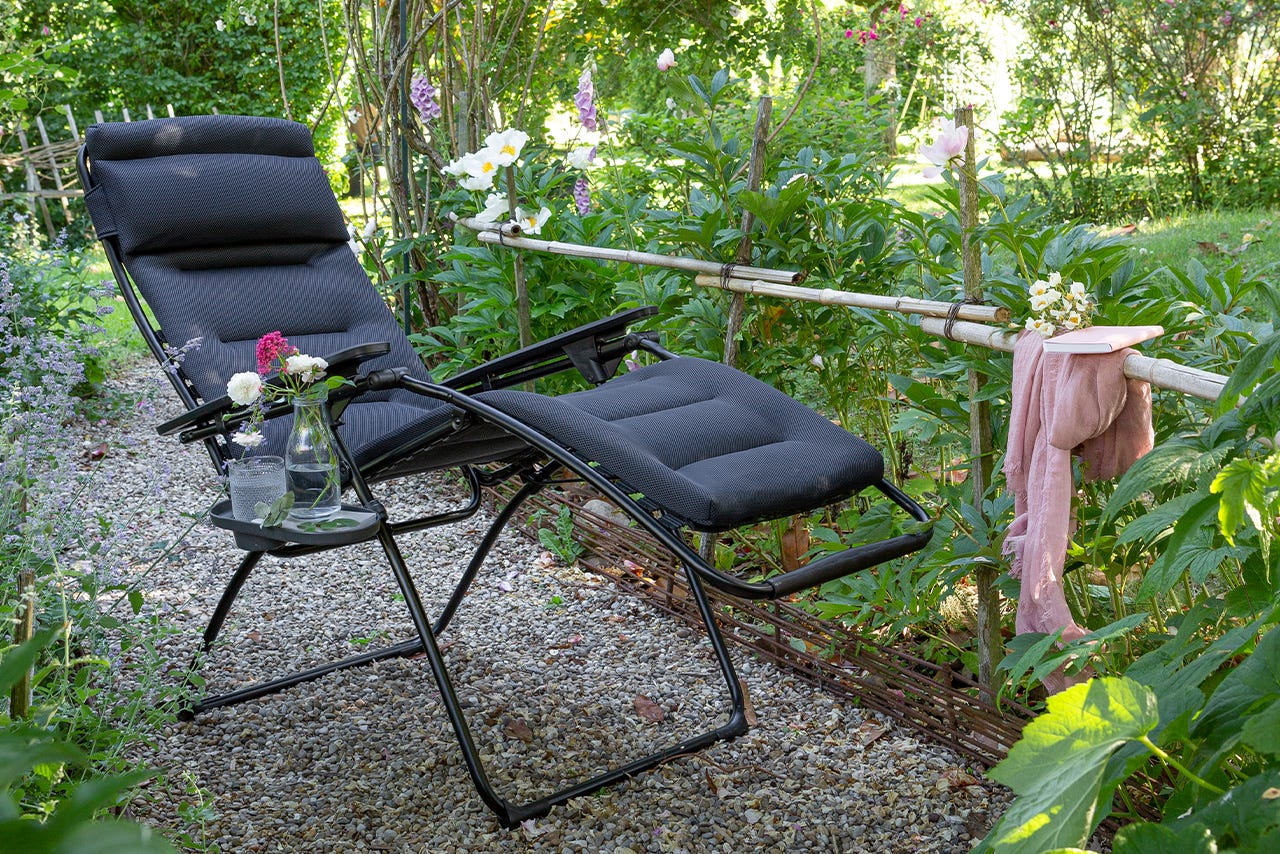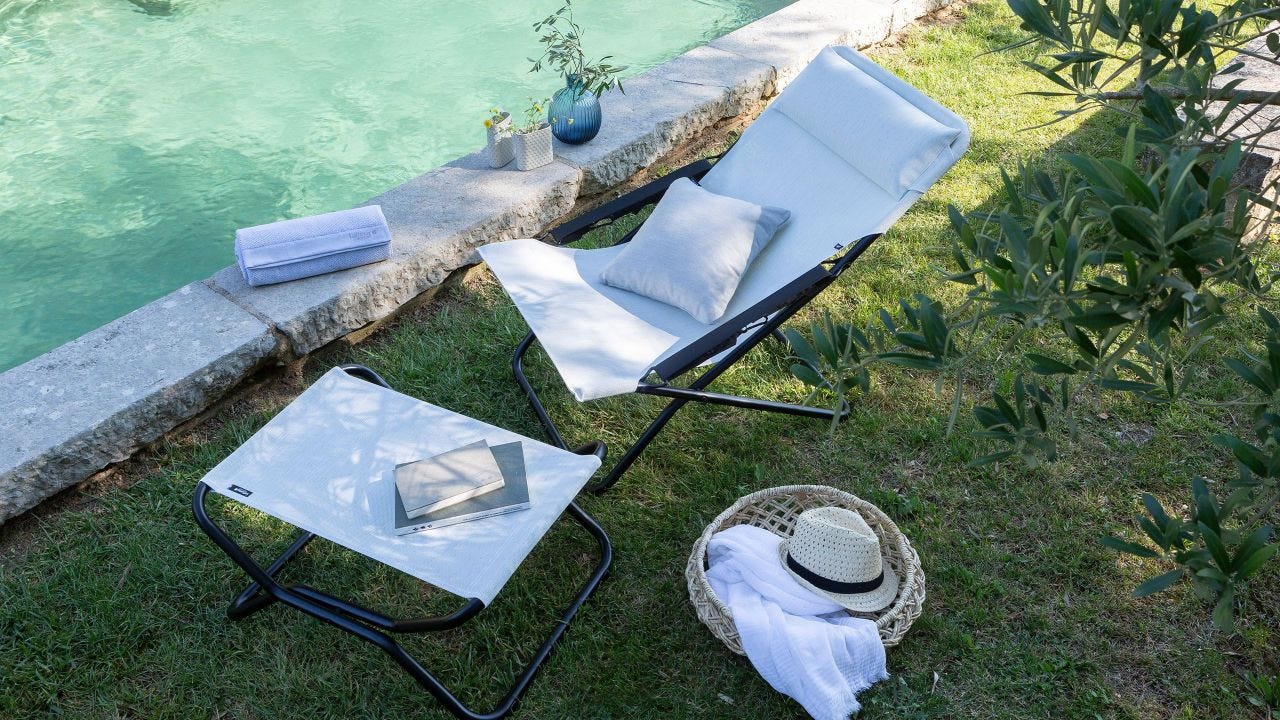🏡📦 Now shipping from our UK warehouse — Fast & Free delivery from £100 😉
Eco-design, also called sustainable design, aims to rethink all of the stages of a product’s life cycle, in a more responsible, lasting way.
Faced with running out of natural resources and the pollution generated by our way of life and by manufacturing, awareness has spread. As a preventative approach to ecological problems, sustainable design is a new way of looking at the life cycle of a product. It can be applied to all sectors of the economy, including design.
Eco-Design : definition
Developed in the early 2000s in France, eco-design, also called sustainable design, durable design or even environmentally responsible design, involves a willingness to design products whilex& also respecting the principles of sustainable development. This global process therefore integrates the idea of protecting the environment from the start of the design process right through until the end of the product’s life including responsible management of waste. Eco-design is a thoughtful part of every stage, from manufacturing to packaging, and not forgetting product distribution.
One of the pioneers of eco-design was Victor Papanek (1927-1999), who devoted his life to promoting design which was sustainable for both the planet and society. The Austrian-American industrial designer disapproved of mass-produced products that he deemed to be pointless and unsuitable. According to him, the most important aspect of design was its relation with the individual. Eco-design aims to meet this need. It aims to « integrate environmental aspects in the design and development of goods ». In short, it means producing without destruction.
What does the Eco-Design approach consist of ?
With the goal of reducing a product’s environmental impact, eco-design may go through an analysis of a product’s life cycle, to rethink it in its totality. All parties and intermediaries will integrate this idea. In concrete terms, from the origin of the product, the designers will look at sustainable raw materials. The eco-responsible furniture is therefore designed with renewable, biodegradable or recycled materials. Wood or bamboo (FSC certified) have become as much essential materials in the domain of furniture or house construction. Metals such as steel or aluminium are easily recycled, etc. The process must be optimised in such a way that there is minimal use of raw materials. Also, the waste materials which result from manufacturing can also be recycled and then used in other industries.
Energy consumption is limited as much as possible, both in manufacturing processes and distribution. Polluting treatments used in industry which produce emissions in the air, water and ground are banned in the design of environmentally friendly products. Equally, delivery of the goods from production to the customer is designed to limit transportation and therefore reduce the production of greenhouse gases. The « locavore », trend, sofar only relating to food, extends to all types of sustainable consumption. Therefore a piece of furniture or armchair which is made in France will necessarily travel fewer kilometres than an item labelled « made in China ».




The product is considered as a system made up of many parts. If the item itself is designed sustainably, eco-design affects products around it. Plastic packaging is limited to only what is strictly necessary, such as the need to stay waterproof, for example. Also, promotional materials such as publicity mailings which usually end up in the bin before they are even read are banned. Finally environmentally responsible furniture often place in a slow deco environment is part of a sustainable approach. Thus, replacement parts are provided to allow the customer to not have to throw the product away, but instead to renew just the broken part in order to give it a new lease of life.
Why move towards eco-design ?
The current environmental stakes encourage designers to revisit their design methods. Preserving resources and biodiversity, preventing pollution and harmful substances, climate balance and the fight against waste have become essential in the design and production phase. This approach is also that of the consumers, worried about conserving the planet. Looking again at one’s own consumption methods, in a spirit of Slow Life, is now something that is done every day. Consumers increasingly get involved to reduce their impact on their environment. Very demanding when it comes to the quality of products, they take a keen look at composition, the origin and manufacturing methods used for these products.
Choose eco-design, and it’s also a way of guaranteeing top of the range furniture. After the post-second World War boom and the introduction of single-use consumer goods, manufacturing threw itself into the production of low cost goods which were designed with poor quality materials. Eco-design sees itself as the opposite of the « throwaway society ». Environmentally-friendly goods guarantee a long lifespan as they are made from high quality and/or sustainable materials, and they are also easily repaired or recycled. Eco-design therefore forms part of an ethical circle which also benefits the economy.

